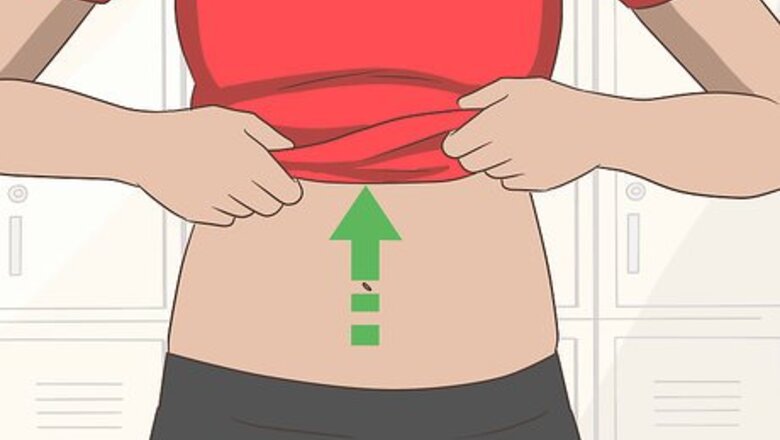
views
Taking the Measurement
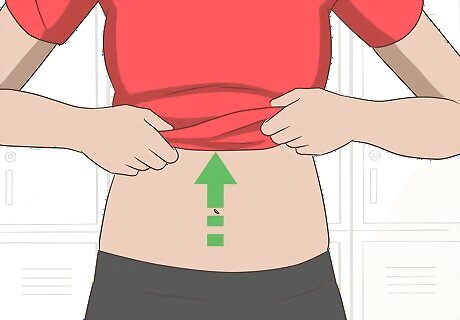
Remove or raise clothing. To get an accurate measurement, you need to ensure that the tape measure is resting against your bare stomach, so you should remove any layers of clothing blocking your waist. Remove your shirt or lift it to just below your chest. If your pants are in the way, undo them and pull them down around your hips.
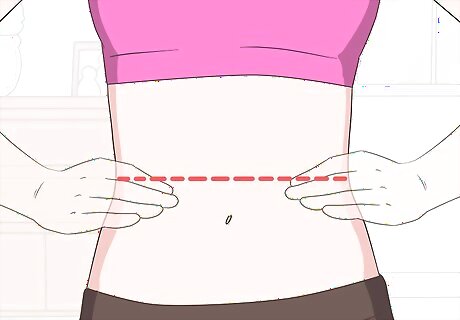
Find your waist. Use your fingers to find the top of your hips and the base of your rib cage. Your waist is the soft, fleshy section between these two bony parts. It will also be the narrowest part of your torso and it is often located at or above your belly button. EXPERT TIP Laila Ajani Laila Ajani Fitness Trainer Laila Ajani is a Fitness Trainer and founder of Push Personal Fitness, a personal training organization based in the San Francisco Bay Area. With over 10 years as a trainer and exercise specialist, Laila has expertise in competitive athletics (gymnastics, powerlifting, and tennis), personal training, distance running, and Olympic lifting. Laila is certified by the National Strength & Conditioning Association (NSCA), USA Powerlifting (USAPL), and she is a Corrective Exercise Specialist (CES). Laila Ajani Laila Ajani Fitness Trainer Our Expert Agrees: When you're measuring your waist, look for the smallest part of your waist, which is usually a little higher up than most people think. It's usually a little bit above your navel. If you want to measure your hips as well, it's the opposite—you want to measure where your hips and glutes are the widest.
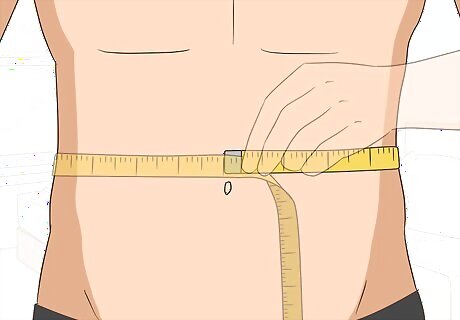
Wrap the measuring tape around your waist. Stand up straight and breathe normally. Hold the end of the tape measure at your navel and circle it around your back to the front of your waist. The measuring tape should be parallel to the floor and fit snugly around your torso without digging into your skin. Make sure that the measuring tape is straight all the way around and is not twisted anywhere, especially in the back.
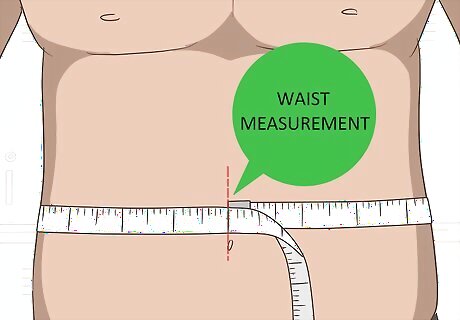
Read the tape. Exhale and then check the measurement on the tape. Your waist measurement will be at the place on the tape where the zero end meets the slack end of the tape measure. The number indicates your waist measurement in inches and/or centimeters, depending on the type of measuring tape you used.
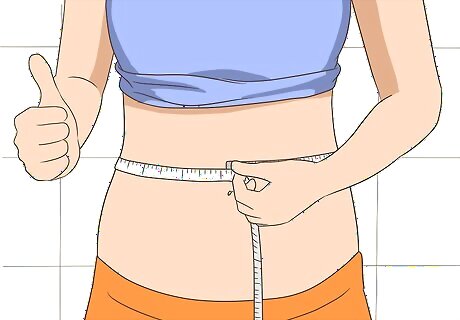
Double-check your measurement. Repeat the measurement once more to ensure the accuracy of your original measurement. If it is different from the first time, measure for a third time and take the average of the three numbers.
Interpreting the Results
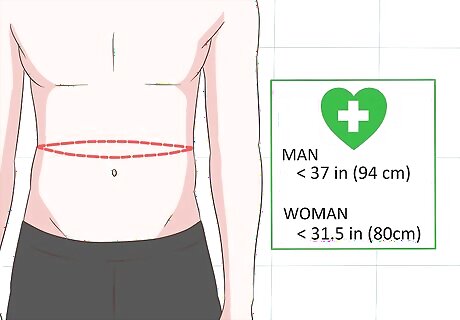
Check to see if your measurement is healthy. A healthy measurement for a man is less than 37 inches (94 cm) or less than 31.5 inches (80 cm) if you are a woman. A measurement that is higher than the number indicated for your sex may predispose you to serious medical problems, such as heart disease and stroke. A higher waist measurement may also predispose you to type 2 diabetes and cancer. If your measurement is outside of the healthy range, then you may want to talk to your doctor.
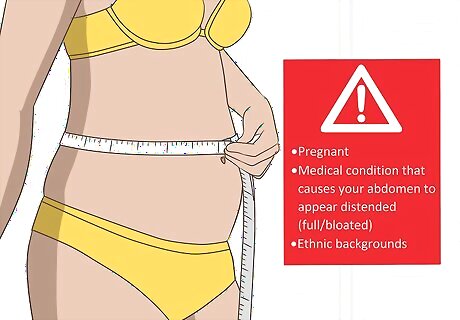
Consider any factors that may reduce the usefulness of your result. In some situations, a waist measurement is not a helpful indication of good health. For example, if you are pregnant or if you have a medical condition that causes your abdomen to appear distended (full or bloated), then waist measurement may be outside of the healthy parameters even if you are in good health. Likewise, some ethnic backgrounds predispose people to a larger waist size, such as people who are of Chinese, Japanese, South Asian, Aboriginal, or Torres Strait Islander descent.
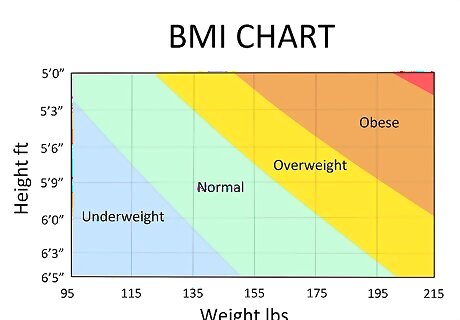
Check your BMI for more information on your weight. If you are not sure whether or not you are in a healthy weight range after taking your waist measurement, then you may also consider checking your BMI (Body Mass Index). This measurement takes your weight and height into account to determine whether or not you may need to lose weight. If your BMI result indicates that you are overweight or obese, talk to your doctor about your options for achieving and maintaining a healthy weight.













Comments
0 comment